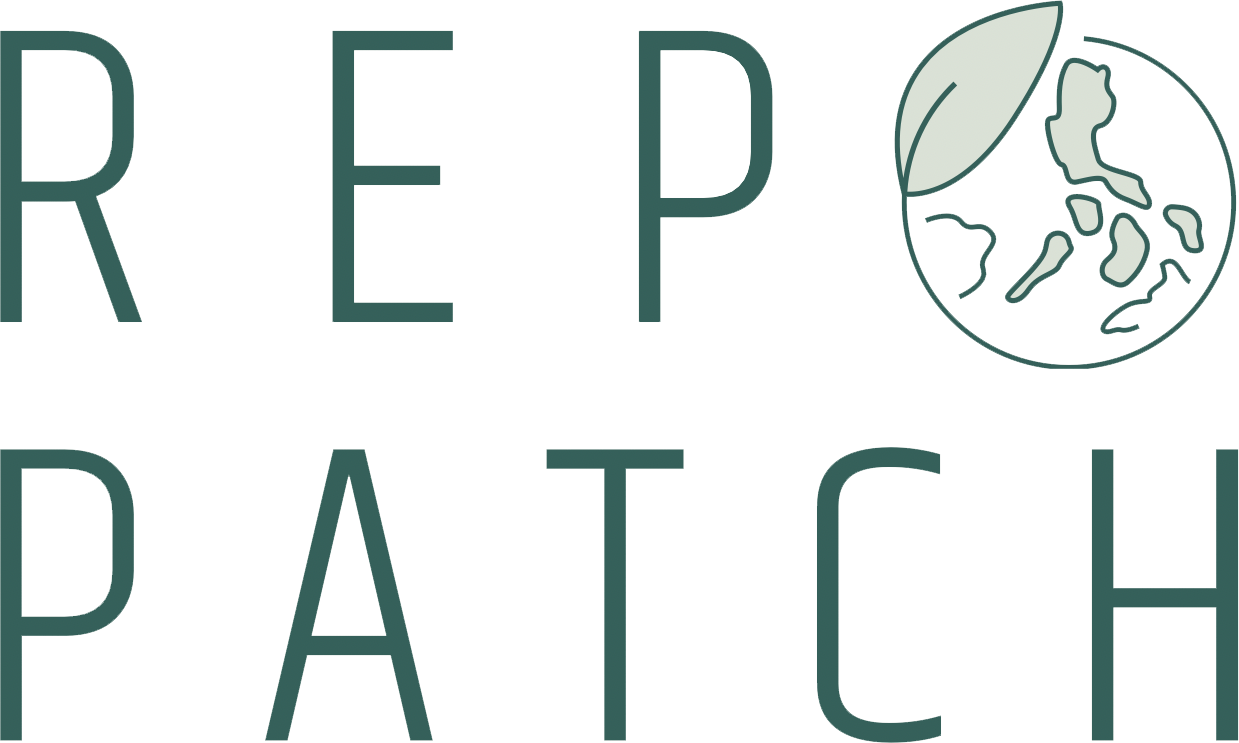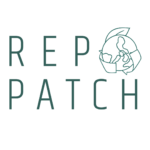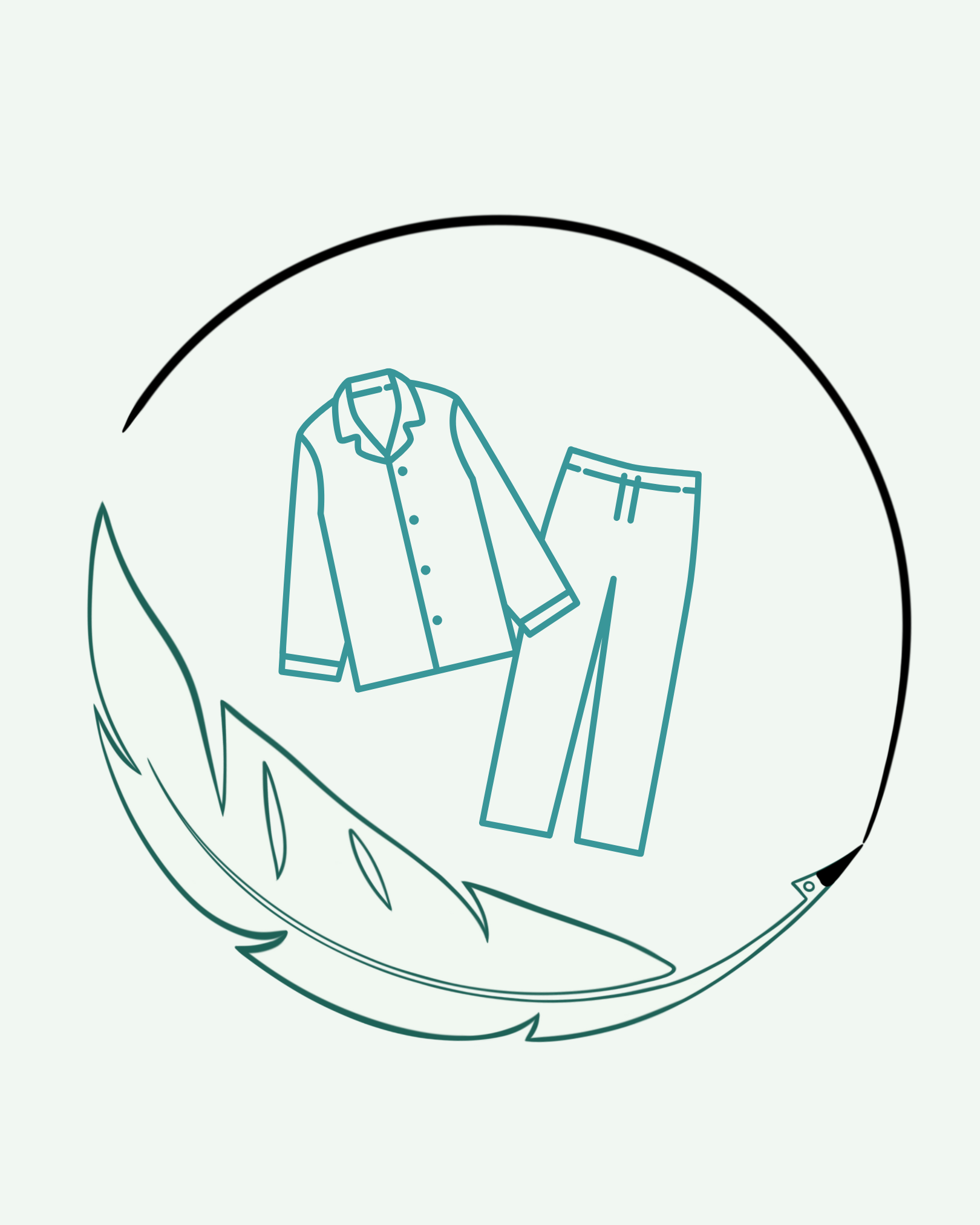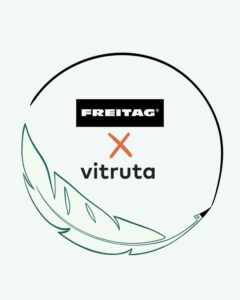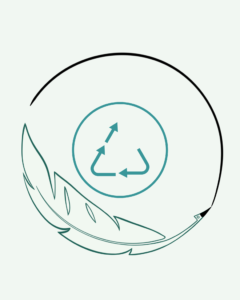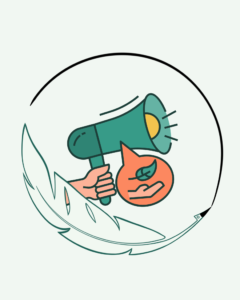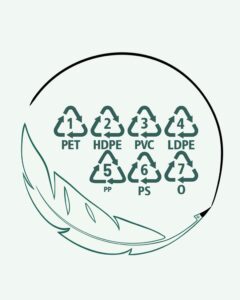I reviewed Mavi’s upcycle collection both on the website and in the store. First of all, the juxtaposition of the terms “denim” and “upcycling” is a very pioneering movement for me. For about a year, I have been doing the upcycling of denim, which I have associated with the craft, within my own body. On top of that, I even have a blog post called “Upcycling in Denim”.
Mavi shared some information about this collection, which I first reviewed. From this statement, “3,000 products made ready for recycling, 17.756m of fabric”; I understand that they recycle 3,000 products and turn them into 17,756m of fabric. This recycling is a good way to recycle leftovers. Many denim companies recycle and recycle both remaining products and in-house waste. In other words, products are made into fibers again, yarn is made from these fibers, and fabric is woven with yarn again. Theoretically, recycling of denim products refers to these processes.
Secondly, Mavi; They used the expression “7,138 units were produced in 4 different models that were brought back to use with the forward recycling technique”. This phrase makes me think of “What is upcycle?”, “What is upcycle technique?” took questions. In our definition technical and Upcycling 101 article, we explain what upcycling is in quite detail. However, to summarize with a single sentence, upcycle; It means making the existing products, which are now considered as waste, more qualified by design and reusing them. At this point, I couldn’t figure out what the designs made with the upcycle technique meant. On the other hand, upcycling encompasses a conversion made without going into recycling production processes. A product can be upcycled first and then recycled. But is it first recycled and then upcycled? This issue is a complete mystery to me. My personal opinion is that the process does not go in this direction because recycling requires energy consumption. Energy consumption refers to the carbon footprint. And I can use a lot of technical definitions with it.
When I examined the products in the store, I saw that they were no different from other products in terms of washing, wearing and accessories. This shows that the products are exposed to aging, opening and washing, that is, dry and wet processes. However, an upcycled product is based on transforming an “existing product”.
However, aside from all these criticisms, Mavi might have used the patchwork technique, which everyone knows as the forty patch, by calling it the upcycle technique. Because I have observed that this technique comes to the forefront in designs.
Another explanation is about making accessories from recycled materials. I can say that recycled textile accessories are of a very common and preferred quality.
Finally, they mentioned that they make hanging labels from excess parcel waste, and you can see corrugated cardboard labels on the products.
Mavi may have considered upcycling as a technique other than the one we know and apply technically. I have already given my comment on this matter. As a denim brand, creating a collection in this direction will undoubtedly help many people learn about upcycling. For this reason, it is admirable that they share such valuable information and be a pioneer, whether it is a strategy or melting the products in their hands. Let’s not forget that upcycling is a consciousness movement. The dissemination of this awareness is at least as important as its implementation.
